-
 Bitcoin
Bitcoin $108,562.4295
0.46% -
 Ethereum
Ethereum $2,533.9553
1.52% -
 Tether USDt
Tether USDt $1.0002
-0.01% -
 XRP
XRP $2.2542
2.23% -
 BNB
BNB $662.4567
1.48% -
 Solana
Solana $151.4114
3.48% -
 USDC
USDC $0.9999
0.00% -
 TRON
TRON $0.2860
0.91% -
 Dogecoin
Dogecoin $0.1685
3.72% -
 Cardano
Cardano $0.5809
1.63% -
 Hyperliquid
Hyperliquid $39.2916
1.85% -
 Sui
Sui $2.8874
0.85% -
 Bitcoin Cash
Bitcoin Cash $496.5801
2.72% -
 Chainlink
Chainlink $13.3582
2.48% -
 UNUS SED LEO
UNUS SED LEO $9.0279
0.07% -
 Avalanche
Avalanche $18.0773
2.30% -
 Stellar
Stellar $0.2426
3.05% -
 Toncoin
Toncoin $2.9086
6.01% -
 Shiba Inu
Shiba Inu $0.0...01170
2.97% -
 Hedera
Hedera $0.1587
3.47% -
 Litecoin
Litecoin $87.4596
1.13% -
 Monero
Monero $317.0425
0.73% -
 Polkadot
Polkadot $3.3778
1.90% -
 Dai
Dai $0.9999
-0.01% -
 Ethena USDe
Ethena USDe $1.0001
-0.01% -
 Bitget Token
Bitget Token $4.4095
0.63% -
 Uniswap
Uniswap $7.3593
6.80% -
 Pepe
Pepe $0.0...09910
3.64% -
 Aave
Aave $274.7388
2.68% -
 Pi
Pi $0.4607
0.48%
What payment methods does Bithumb support for top-up?
Bithumb supports various top-up methods including bank transfers, credit/debit cards, virtual accounts, crypto deposits, OTC trading, and mobile payments for user convenience.
Apr 15, 2025 at 05:49 pm
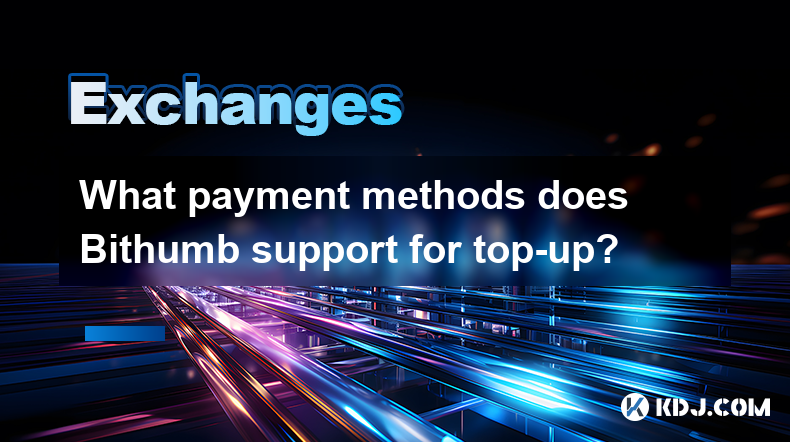
Bithumb, one of South Korea's leading cryptocurrency exchanges, offers a variety of payment methods for users to top up their accounts. Understanding these options is crucial for anyone looking to engage in trading on the platform. This article will detail the various payment methods supported by Bithumb, providing a comprehensive guide to help users navigate their top-up process effectively.
Bank Transfer
Bank transfer is one of the most common and widely used methods for topping up your Bithumb account. This method is favored for its reliability and security. To use bank transfer, follow these steps:
- Log into your Bithumb account and navigate to the deposit section.
- Select 'Bank Transfer' as your preferred method of deposit.
- Choose your bank from the list of supported banks. Bithumb typically supports major South Korean banks such as KEB Hana Bank, Shinhan Bank, and Woori Bank.
- Enter the amount you wish to deposit and confirm the transaction.
- Transfer the funds from your bank account to the provided Bithumb account number. Make sure to include your Bithumb account number in the transfer details to ensure the funds are credited correctly.
- Wait for the funds to be credited to your Bithumb account, which usually takes 1-2 business days.
Credit/Debit Card
Bithumb also supports credit and debit card payments, offering a convenient way to top up your account instantly. Here’s how to use this method:
- Log into your Bithumb account and go to the deposit section.
- Select 'Credit/Debit Card' as your payment method.
- Enter the amount you want to deposit.
- Provide your card details, including the card number, expiration date, and CVV code.
- Confirm the transaction and wait for the funds to be credited to your Bithumb account. This process is usually immediate, but it may take a few minutes depending on your bank.
Virtual Account
For those who prefer a more streamlined process, Bithumb offers virtual account deposits. This method is particularly useful for users who want to automate their deposits. Here’s how to use a virtual account:
- Log into your Bithumb account and navigate to the deposit section.
- Select 'Virtual Account' as your deposit method.
- Choose your bank from the list of supported banks.
- A unique virtual account number will be generated for you. This number is linked directly to your Bithumb account.
- Transfer funds from your bank account to the virtual account number. Make sure to transfer the exact amount you wish to deposit.
- The funds will be credited to your Bithumb account immediately upon successful transfer.
Cryptocurrency Deposits
Bithumb also allows users to top up their accounts using cryptocurrencies. This method is ideal for those who already hold digital assets and want to trade them on the platform. Here’s how to deposit cryptocurrencies:
- Log into your Bithumb account and go to the deposit section.
- Select the cryptocurrency you wish to deposit from the list of supported cryptocurrencies, such as Bitcoin (BTC), Ethereum (ETH), or Ripple (XRP).
- Generate a deposit address for the selected cryptocurrency. This address is unique to your Bithumb account.
- Transfer the cryptocurrency from your external wallet to the generated deposit address.
- Wait for the transaction to be confirmed on the blockchain. Once confirmed, the funds will be credited to your Bithumb account.
Over-the-Counter (OTC) Trading
For users dealing with large volumes, Bithumb offers over-the-counter (OTC) trading as a method to top up their accounts. OTC trading allows for direct transactions between buyers and sellers without using the public order book. Here’s how to use OTC trading:
- Log into your Bithumb account and navigate to the OTC trading section.
- Select the cryptocurrency you wish to purchase.
- Enter the amount you want to buy and submit a request.
- Bithumb’s OTC desk will review your request and provide a quote.
- Confirm the quote and complete the transaction. The funds will be credited to your Bithumb account upon successful completion.
Mobile Payment
Bithumb also supports mobile payment options, which are particularly popular among users who prefer using their smartphones for transactions. Here’s how to use mobile payment:
- Log into your Bithumb account using the mobile app.
- Navigate to the deposit section and select 'Mobile Payment'.
- Choose your preferred mobile payment service, such as KakaoPay or Naver Pay.
- Enter the amount you wish to deposit and confirm the transaction.
- Follow the prompts to complete the payment through your chosen mobile payment service.
- The funds will be credited to your Bithumb account immediately upon successful payment.
Frequently Asked Questions
Q: Are there any fees associated with the different payment methods on Bithumb?
A: Yes, Bithumb charges different fees depending on the payment method. Bank transfers and virtual account deposits typically have lower fees compared to credit/debit card payments. Cryptocurrency deposits may incur network fees, and OTC trading might have specific fees based on the transaction size. It’s advisable to check Bithumb’s fee schedule for the most current information.
Q: Can I use international bank accounts to top up my Bithumb account?
A: Bithumb primarily supports South Korean banks for bank transfers and virtual account deposits. However, some users have reported success with international transfers, though this may involve additional fees and longer processing times. It’s recommended to contact Bithumb’s customer support for the most accurate information regarding international deposits.
Q: How long does it take for funds to be credited to my Bithumb account using different methods?
A: The time it takes for funds to be credited varies by method. Bank transfers and virtual account deposits usually take 1-2 business days. Credit/debit card payments and mobile payments are typically instant. Cryptocurrency deposits depend on the blockchain confirmation time, which can range from a few minutes to several hours. OTC trading transactions are processed as soon as both parties agree on the terms.
Q: Is there a minimum or maximum amount I can deposit using these payment methods?
A: Yes, Bithumb has set minimum and maximum deposit limits for each payment method. For example, bank transfers might have a higher minimum deposit amount compared to credit/debit card payments. It’s important to check Bithumb’s deposit limits before initiating a transaction to ensure compliance with their policies.
Disclaimer:info@kdj.com
The information provided is not trading advice. kdj.com does not assume any responsibility for any investments made based on the information provided in this article. Cryptocurrencies are highly volatile and it is highly recommended that you invest with caution after thorough research!
If you believe that the content used on this website infringes your copyright, please contact us immediately (info@kdj.com) and we will delete it promptly.
- BNB, Binance, and CZ: What's the Buzz?
- 2025-07-07 06:50:12
- Hedera Hashgraph: ETF Buzz and Bullish Charts – HBAR to the Moon?
- 2025-07-07 06:30:12
- BlockDAG, Pi Network, and SUI Stable: Navigating the Crypto Landscape in '25
- 2025-07-07 07:10:13
- SYRUP Token's Sweet Ascent: TVL Surges and DeFi Growth on Maple Finance
- 2025-07-07 07:15:13
- Bitcoin, Listed Companies, and ETFs: A New York Minute on Crypto Trends
- 2025-07-07 06:30:12
- Stablecoins, Redot Pay, and Korea: A Glimpse into the Future of Payments
- 2025-07-07 07:20:14
Related knowledge
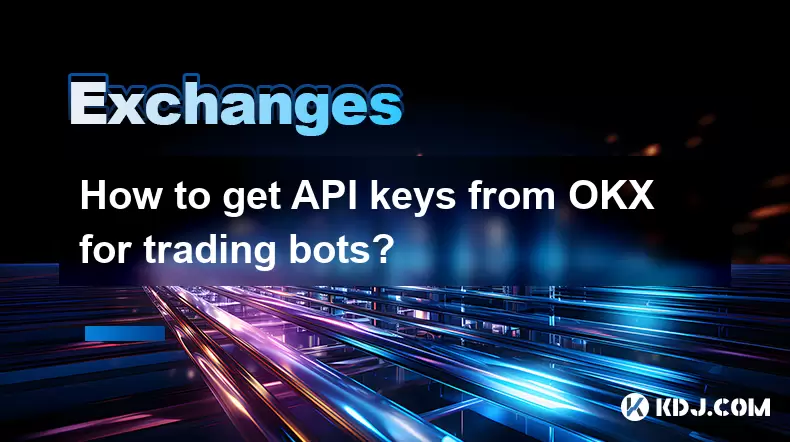
How to get API keys from OKX for trading bots?
Jul 03,2025 at 07:07am
Understanding API Keys on OKXTo interact with the OKX exchange programmatically, especially for building or running trading bots, you need to obtain an API key. An API (Application Programming Interface) key acts as a secure token that allows your bot to communicate with the exchange's servers. On OKX, these keys come with customizable permissions such ...
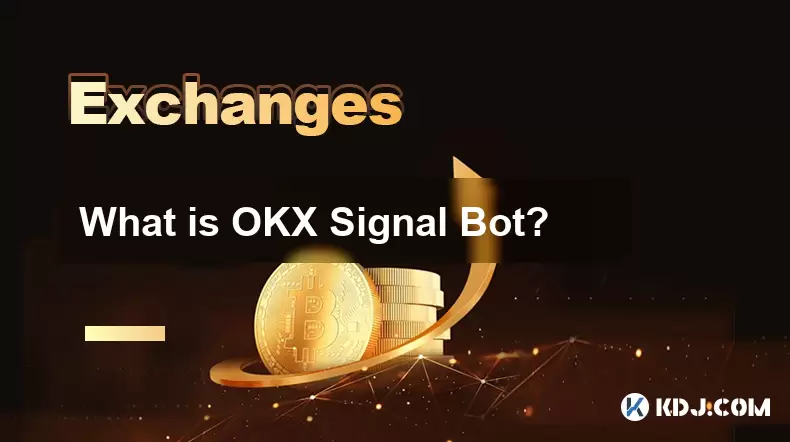
What is OKX Signal Bot?
Jul 02,2025 at 11:01pm
Understanding the Basics of OKX Signal BotThe OKX Signal Bot is a feature within the OKX ecosystem that provides users with automated trading signals and execution capabilities. Designed for both novice and experienced traders, this bot helps identify potential trading opportunities by analyzing market trends, technical indicators, and historical data. ...
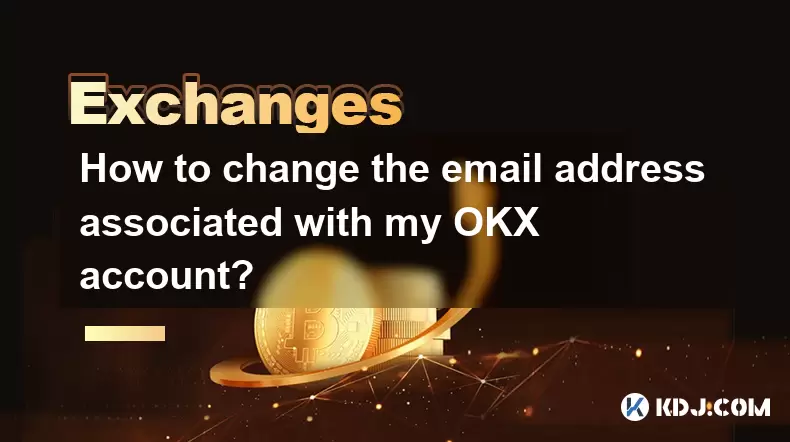
How to change the email address associated with my OKX account?
Jul 07,2025 at 08:07am
How to Change the Email Address Associated with My OKX Account?Changing the email address associated with your OKX account is a crucial process that ensures you maintain control over your digital assets and account security. Many users may find themselves needing to update their registered email due to various personal or technical reasons, such as swit...
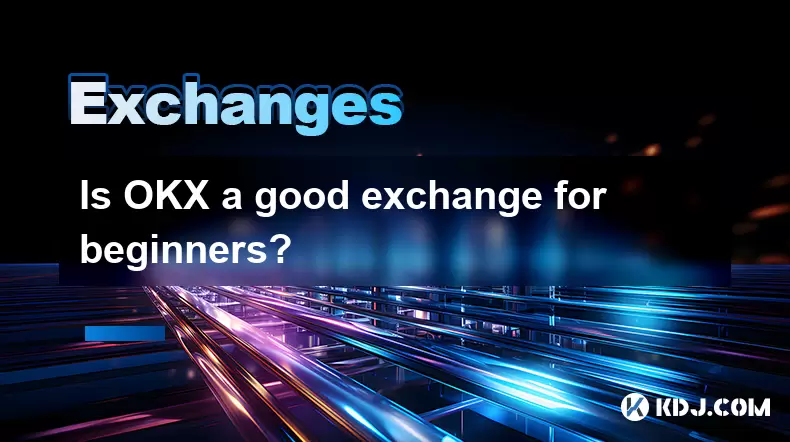
Is OKX a good exchange for beginners?
Jul 03,2025 at 05:00pm
What Is OKX and Why Is It Popular?OKX is one of the leading cryptocurrency exchanges globally, known for its robust trading infrastructure and a wide variety of digital assets available for trading. It supports over 300 cryptocurrencies, including major ones like Bitcoin (BTC), Ethereum (ETH), and Solana (SOL). The platform has gained popularity not onl...
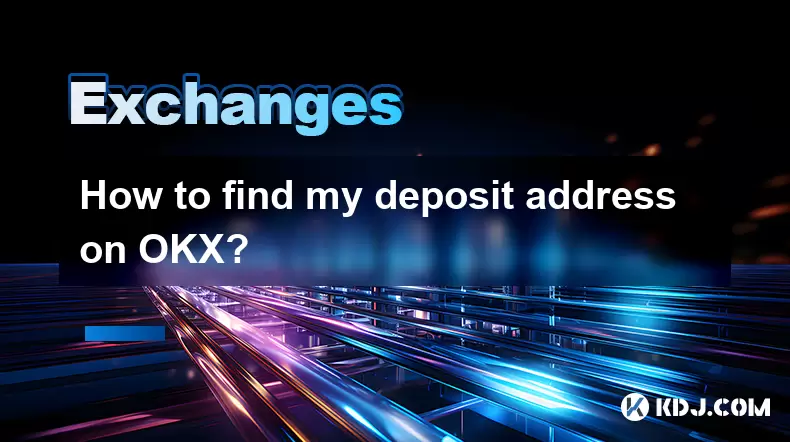
How to find my deposit address on OKX?
Jul 06,2025 at 02:28am
What is a Deposit Address on OKX?A deposit address on OKX is a unique alphanumeric identifier that allows users to receive cryptocurrencies into their OKX wallet. Each cryptocurrency has its own distinct deposit address, and using the correct one is crucial to ensure funds are received properly. If you're looking to transfer digital assets from another ...
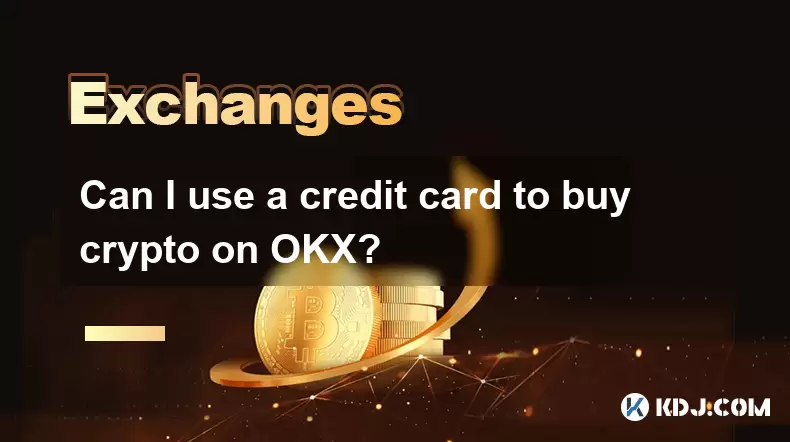
Can I use a credit card to buy crypto on OKX?
Jul 04,2025 at 04:28am
Understanding OKX and Credit Card PaymentsOKX is one of the leading cryptocurrency exchanges globally, offering a wide range of services including spot trading, derivatives, staking, and more. Users often wonder whether they can use a credit card to buy crypto on OKX, especially if they are new to the platform or looking for quick ways to enter the mark...

How to get API keys from OKX for trading bots?
Jul 03,2025 at 07:07am
Understanding API Keys on OKXTo interact with the OKX exchange programmatically, especially for building or running trading bots, you need to obtain an API key. An API (Application Programming Interface) key acts as a secure token that allows your bot to communicate with the exchange's servers. On OKX, these keys come with customizable permissions such ...

What is OKX Signal Bot?
Jul 02,2025 at 11:01pm
Understanding the Basics of OKX Signal BotThe OKX Signal Bot is a feature within the OKX ecosystem that provides users with automated trading signals and execution capabilities. Designed for both novice and experienced traders, this bot helps identify potential trading opportunities by analyzing market trends, technical indicators, and historical data. ...

How to change the email address associated with my OKX account?
Jul 07,2025 at 08:07am
How to Change the Email Address Associated with My OKX Account?Changing the email address associated with your OKX account is a crucial process that ensures you maintain control over your digital assets and account security. Many users may find themselves needing to update their registered email due to various personal or technical reasons, such as swit...

Is OKX a good exchange for beginners?
Jul 03,2025 at 05:00pm
What Is OKX and Why Is It Popular?OKX is one of the leading cryptocurrency exchanges globally, known for its robust trading infrastructure and a wide variety of digital assets available for trading. It supports over 300 cryptocurrencies, including major ones like Bitcoin (BTC), Ethereum (ETH), and Solana (SOL). The platform has gained popularity not onl...

How to find my deposit address on OKX?
Jul 06,2025 at 02:28am
What is a Deposit Address on OKX?A deposit address on OKX is a unique alphanumeric identifier that allows users to receive cryptocurrencies into their OKX wallet. Each cryptocurrency has its own distinct deposit address, and using the correct one is crucial to ensure funds are received properly. If you're looking to transfer digital assets from another ...

Can I use a credit card to buy crypto on OKX?
Jul 04,2025 at 04:28am
Understanding OKX and Credit Card PaymentsOKX is one of the leading cryptocurrency exchanges globally, offering a wide range of services including spot trading, derivatives, staking, and more. Users often wonder whether they can use a credit card to buy crypto on OKX, especially if they are new to the platform or looking for quick ways to enter the mark...
See all articles

























































































